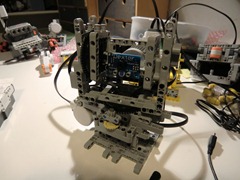 Having spent most of yesterday hacking and optimizing the firmware for the new Dexter Industries Thermal IR Sensor, I thought I would go ahead and make something fun with it today.
Having spent most of yesterday hacking and optimizing the firmware for the new Dexter Industries Thermal IR Sensor, I thought I would go ahead and make something fun with it today.
I built a pan and tilt rig for the sensor with a great deal of gearing down to allow me to take a lot of measurements as the rig moved around. Initially I had it set for about 40×40 measurements but those didn’t look that great and I wanted a bit more. I reprogrammed it and made it spit out data at a resolution of about 90×80.
The data from the thermal sensor was streamed to the debug output console in ROBOTC from which I copy and pasted it to an Excel worksheet. I made some 3D graphs from the thermal data and it looked pretty cool.
The left one is a cold glass and the right one is a candle. I wasn’t really happy with the results of the graphs so I decided to quickly whip up a .Net app to read my CSV data and make some more traditional thermal images. A few hours later, the results really did look very cool.
Again, the left one is the cold glass and the right one is the candle. Now that you have a thermal image, you can see the heat from the candle a lot more clearly. I made a quick video of the whole rig so you can get an idea.
As you can see it moved quite slowly but steady wins the race! I have no idea what I am going to do with it now, it was to try but perhaps someone else can try and make something even cooler with it!
The driver and program will be part of the next Driver Suite version. You can download a preliminary driver and this program from here: [LINK]. The .Net program and CSV files can be downloaded here: [LINK]. You will need Visual Studio to compile it. You can download a free (Express) version of C# from the Microsoft website.
 Bot Bench I'd Rather Be Building Robots
Bot Bench I'd Rather Be Building Robots
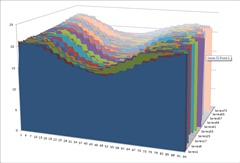
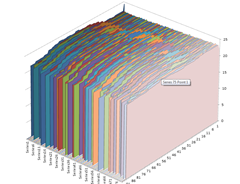
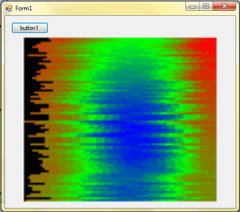
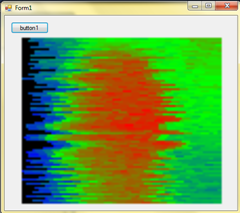

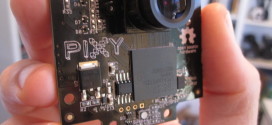
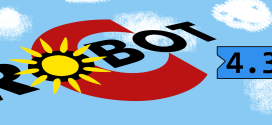
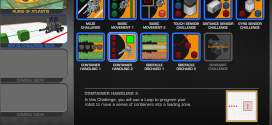
Maybe you can use it to draw a human thermal image. ^_^
I’ll need to figure out how to reduce the view angle of the sensor. Perhaps use a cover with a small pin hole.
that is really cool!… can this be ported to android/iOS app? and draw these graph in real time? :p
Not without a thermal sensor, no 🙂
funny, imagine an nxt that can make use of idevices sensor and nxt sensor could be read by idevices…
That would require Apple getting its head of its arse about allowing external devices interfacing with its equipment. It works fine with Android 🙂
http://www.appbrain.com/app/tricorder/org.hermit.tricorder
make a robot that could add thermal reading to this app 🙂 just tossing ideas here
I’ll need to work on enhancing the focus of the sensor first 🙂 Right now it’s quite fuzzy due to the 15 degree view.
[…] Thermal Imaging 16 Jun After the initial post about my thermal imaging system using the Dexter Industries Thermal Infrared Sensor, I made some […]
[…] built a pan and tilt rig for the Dexter Industries Thermal IR Sensor with a great deal of gearing down to allow me to take a […]
Hey, maybe you colud normalize the output by neuronet with AGForge libraries for image recognition! That migh be helpful to make images more clear 🙂
If I knew how, sure 🙂
[…] Xander’s results. image 1 source, image 2 […]
Hey Xander, great stuff!
From looking at your colored 2D “hotmaps” ( 🙂 ), it looks like you’ve got an interleaving problem “or line offset” of some sort. If you’re sweeping your sensor from left to right and then back right to left, the lines have an offset against each other. Looks like this could originate in the gearing you use. Maybe you could preload your gears or just do scans from “left to right” all the time. The way back “right to left” could be run faster and wouldn’t record any data.
Either that, OR maybe the sensor has a certain “after glow”. So once it’s heated up and the focus is leaving the hot core of the flame, the measured values do have some “backlog” or the sensor is still too hot. Maybe you’d have to measure even slower?
But indeed, it seems you could improve the resolution by either mechanical tricks (pinhole, little pipe, funnel, whatever), or by methods of image processing.
Great stuff (as I said above 😉
Linus